Mammals Worksheets for 1st Grade
Mammals are fascinating creatures that captivate the curiosity of young learners. For 1st grade students, worksheets provide an engaging and interactive way to explore the world of mammals. These worksheets focus on various aspects of mammals, including their characteristics, habitats, and different types of mammals. By using these worksheets, students can enhance their understanding of the mammal kingdom and develop crucial skills such as observation, classification, and critical thinking.
Table of Images 👆
More 1st Grade Worksheets
First Grade Reading Comprehension WorksheetsTelling Time Worksheets for First Grade
Math Worksheets Subtraction 1st Grade
For First Grade Addition Worksheets
First Grade Handwriting Practice Worksheets
First Grade Fraction Worksheets
Free Printable Phonics Worksheets First Grade
Heart Worksheets for First Grade
First Grade Science Worksheets Matter
Following Directions First Grade Worksheets
What is a mammal?
A mammal is a warm-blooded vertebrate animal characterized by the presence of mammary glands which produce milk to feed their offspring. Mammals also typically have hair or fur, give birth to live young, and have a complex internal skeleton. They are a diverse group of animals that includes species such as humans, dogs, cats, whales, and mice.
What are some common features of mammals?
Some common features of mammals include having hair or fur covering their bodies, being warm-blooded, giving birth to live young (although a few lay eggs), producing milk to feed their offspring, having a four-chambered heart, and typically having a diaphragm for breathing. Mammals also have specialized teeth for different purposes, such as grinding, tearing, or chewing food, and most have a well-developed brain and sensory organs.
How do mammals breathe?
Mammals breathe by inhaling air through their nostrils or mouths, which then travels down the windpipe (trachea) and into the lungs. In the lungs, oxygen from the air passes into the bloodstream through tiny blood vessels called capillaries, while carbon dioxide is released from the bloodstream into the lungs to be exhaled. This process is facilitated by the contraction and relaxation of the diaphragm and rib muscles, which help create changes in pressure within the chest cavity to allow for inhalation and exhalation.
How do mammals give birth to their young?
Mammals give birth to their young through a process called parturition. During parturition, the female mammal experiences contractions of the uterine muscles, which help push the fetus through the birth canal and out of the mother's body. The amniotic sac, which surrounds and protects the fetus during pregnancy, typically ruptures during this process, releasing the fetus. After birth, the mother may further expel the placenta and any remaining fetal membranes.
What do mammals eat?
Mammals have diverse diets that can range from herbivorous, carnivorous, to omnivorous. Herbivorous mammals primarily consume plants and vegetation, carnivorous mammals primarily consume other animals, and omnivorous mammals have a diet that includes both plants and animals. Ultimately, the specific diet of a mammal depends on its species, habitat, and feeding behavior.
How do mammals stay warm?
Mammals stay warm through a combination of mechanisms such as shivering to generate heat, metabolizing food for energy and heat production, insulation from fur or fat layers, and regulating blood flow to conserve or distribute heat efficiently throughout the body. Additionally, some mammals, like humans, can also regulate their body temperature by controlling their environment, such as seeking shelter or adjusting clothing.
What are some examples of mammals that live on land?
Some examples of mammals that live on land include lions, bears, elephants, wolves, deer, giraffes, rabbits, and humans. These animals primarily live on land and have adapted to various terrestrial environments to survive and thrive.
What are some examples of mammals that live in water?
Some examples of mammals that live in water include dolphins, whales, manatees, seals, otters, and beavers. These mammals have adapted to an aquatic lifestyle and can be found in oceans, rivers, and lakes around the world.
How do mammals communicate with each other?
Mammals communicate with each other through a variety of vocalizations, body language, scent marking, and tactile signals. Vocalizations can range from simple calls to complex songs, conveying information about territory, mating, danger, and social status. Body language, such as facial expressions and postures, also plays a crucial role in communication among mammals. Additionally, mammals use scent marking to establish territory and convey reproductive status. Finally, tactile signals, such as grooming or play behavior, are important for maintaining social bonds and transmitting information within a group.
How do mammals protect themselves from predators?
Mammals protect themselves from predators through a variety of means, such as camouflage, mimicry, speed and agility, defensive body structures (like quills or horns), group living and cooperative defense, warning signals, playing dead, and nocturnal behavior. Some mammals also have keen senses, like excellent hearing or eyesight, to detect predators early and escape. Additionally, many mammals have developed social behaviors, like living in family groups or herds, for added protection against predators.
Have something to share?
Who is Worksheeto?
At Worksheeto, we are committed to delivering an extensive and varied portfolio of superior quality worksheets, designed to address the educational demands of students, educators, and parents.








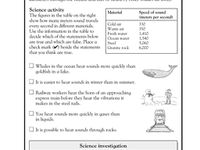
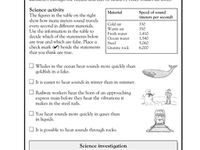
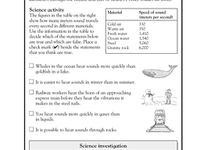
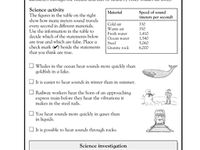
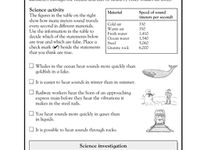
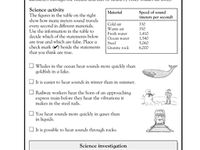
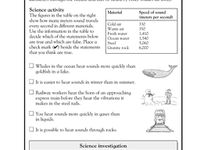
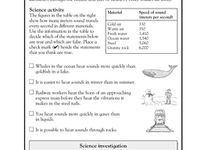

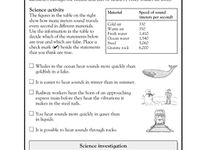
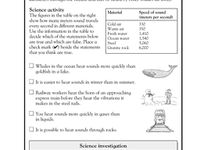
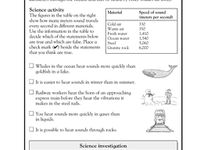














Comments